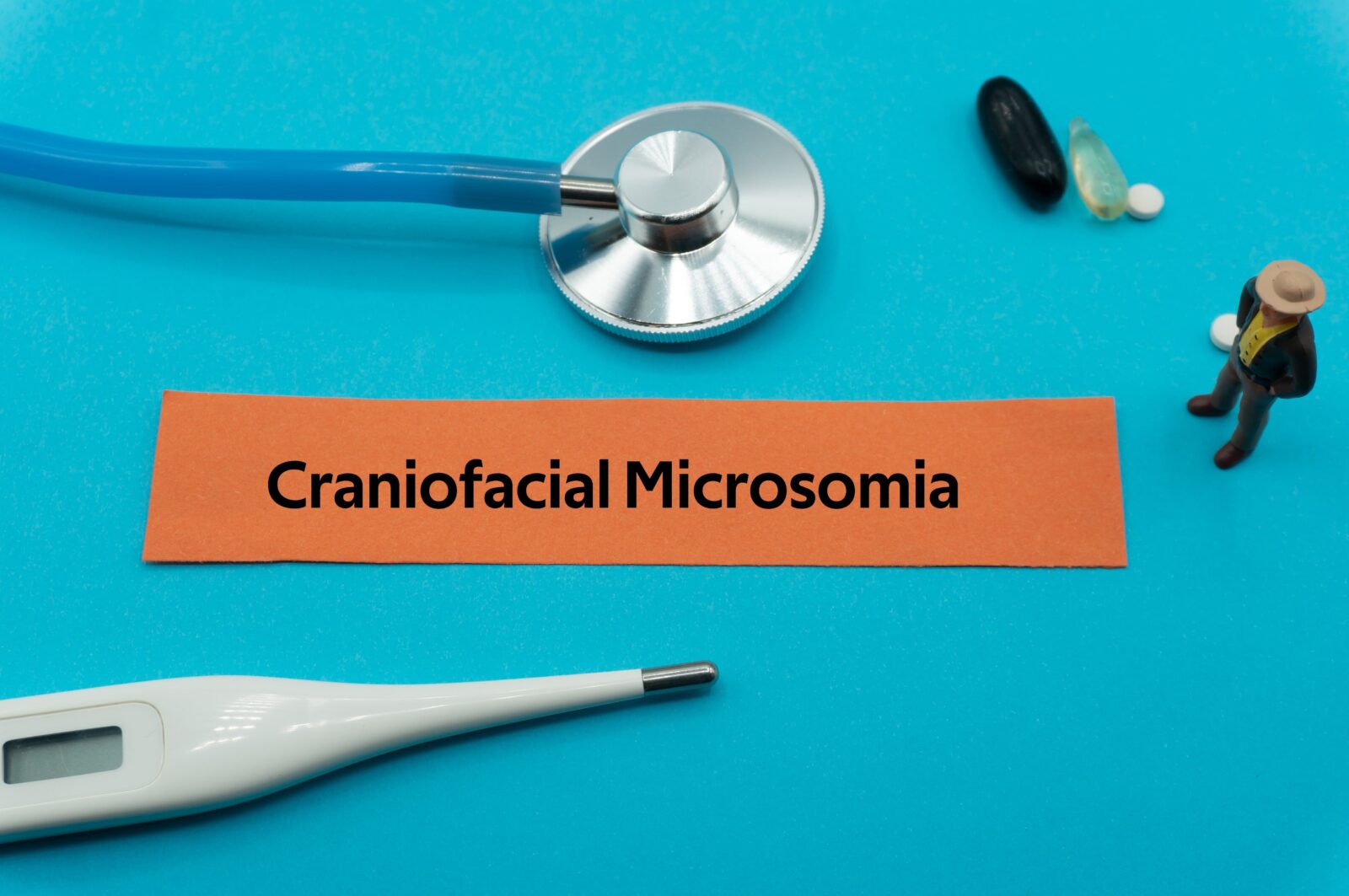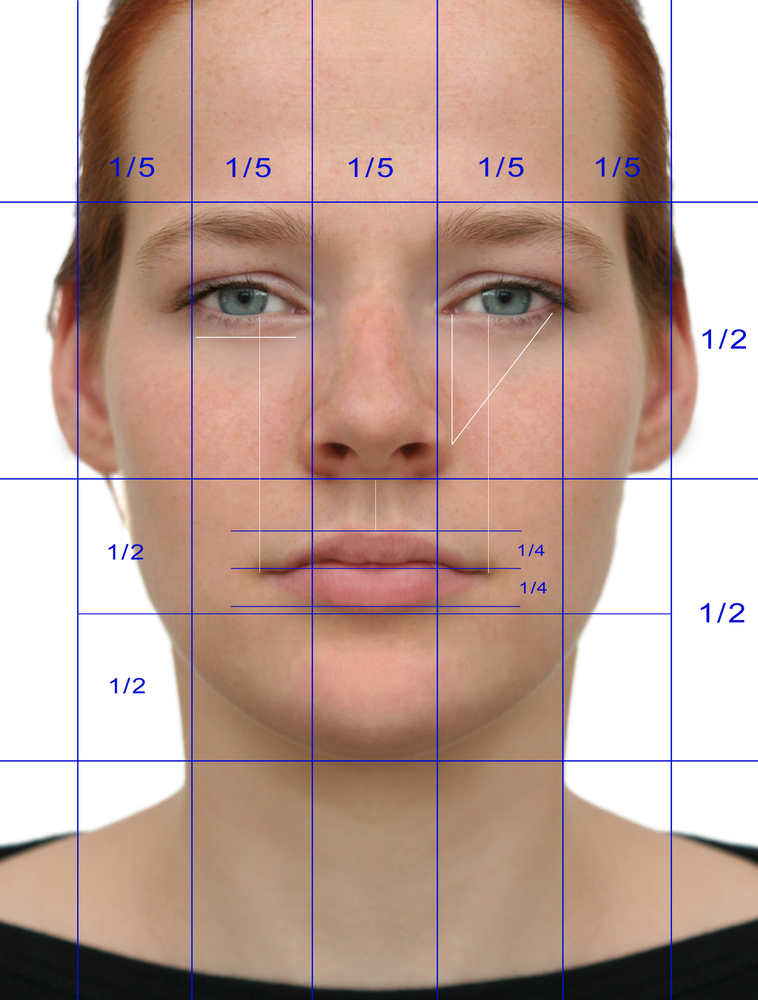Craniofacial microsomia (CFM) is a complex congenital condition that affects the development of the lower half of the face, primarily impacting the ear, mouth, and jaw. Also known as Hemifacial Microsomia, it is the second most common facial birth defect after cleft lip and palate, affecting approximately 1 in 3,500 to 4,500 live births. This condition can vary significantly in severity and manifestation, with implications that range from mild cosmetic concerns to significant functional challenges in breathing, hearing, and eating.
Understanding Craniofacial Microsomia
CFM is characterized by asymmetrical development of the facial structures, where one side of the face is underdeveloped compared to the other. The extent of this asymmetry can vary widely among individuals. Common features of CFM include:
- Underdeveloped Jaw (Mandible): This is one of the most consistent features, which can affect chewing, breathing, and speech.
- Ear Anomalies: These can range from minor external ear differences to complete absence of the ear (microtia) and hearing loss.
- Eye Anomalies: Some individuals may have a smaller eye (microphthalmia) on the affected side or other eye-related issues.
- Soft Tissue Deficiency: This includes underdevelopment of the muscles and fat, leading to asymmetry in facial fullness.
- Dental Issues: Misaligned teeth, missing teeth, or other dental anomalies are common.
The condition can also impact other body parts, including the vertebrae and ribs, though these are less common.
Causes of Craniofacial Microsomia
The exact cause of CFM is not well understood, but it is believed to result from a combination of genetic and environmental factors that affect the development of the first and second branchial arches—structures in the embryo that eventually form the lower face and neck. There is no known single gene mutation associated with CFM, and in most cases, it occurs sporadically without a family history of the condition.
Diagnosis and Evaluation
Diagnosis of CFM typically involves a comprehensive evaluation by a multidisciplinary team of specialists, including facial plastic surgeons, otolaryngologists, audiologists, dentists, and speech therapists. This team works together to assess the extent of the condition and plan a personalized treatment approach. Imaging studies, such as CT scans or MRIs, may be used to evaluate bone structure and soft tissue involvement.
Treatment Options
The treatment for CFM is highly individualized, depending on the severity of the condition and the specific structures involved. The primary goals of treatment are to improve facial symmetry, address functional issues, and support the psychosocial well-being of the patient. Treatment may include:
- Surgical Interventions: These can range from facial reconstructive surgeries to address jaw alignment, ear reconstruction, and soft tissue augmentation, to orthognathic surgery for severe jaw discrepancies.
- Dental Treatments: Orthodontic treatment and dental prosthetics can help address dental anomalies and improve occlusion (bite).
- Hearing Aids or Cochlear Implants: For individuals with hearing loss, these devices can significantly improve hearing function.
- Speech Therapy: This can help address speech difficulties resulting from structural anomalies of the jaw and palate.
The Role of Facial Plastic Surgeons
Facial plastic surgeons play a crucial role in the treatment of CFM, often leading the multidisciplinary team. They are uniquely qualified to address both the aesthetic and functional aspects of the condition, employing a variety of surgical techniques tailored to the needs of each patient. Through a combination of surgical interventions and close collaboration with other specialists, facial plastic surgeons can significantly improve the quality of life for individuals with CFM.
Conclusion
Craniofacial microsomia is a complex condition that requires a comprehensive and individualized treatment approach. Advances in surgical techniques and multidisciplinary care have significantly improved outcomes for individuals with CFM, allowing them to lead healthy, fulfilling lives. If you or a loved one has been diagnosed with CFM, it’s important to consult with a team of specialists who can guide you through the treatment options and support you throughout the journey.








